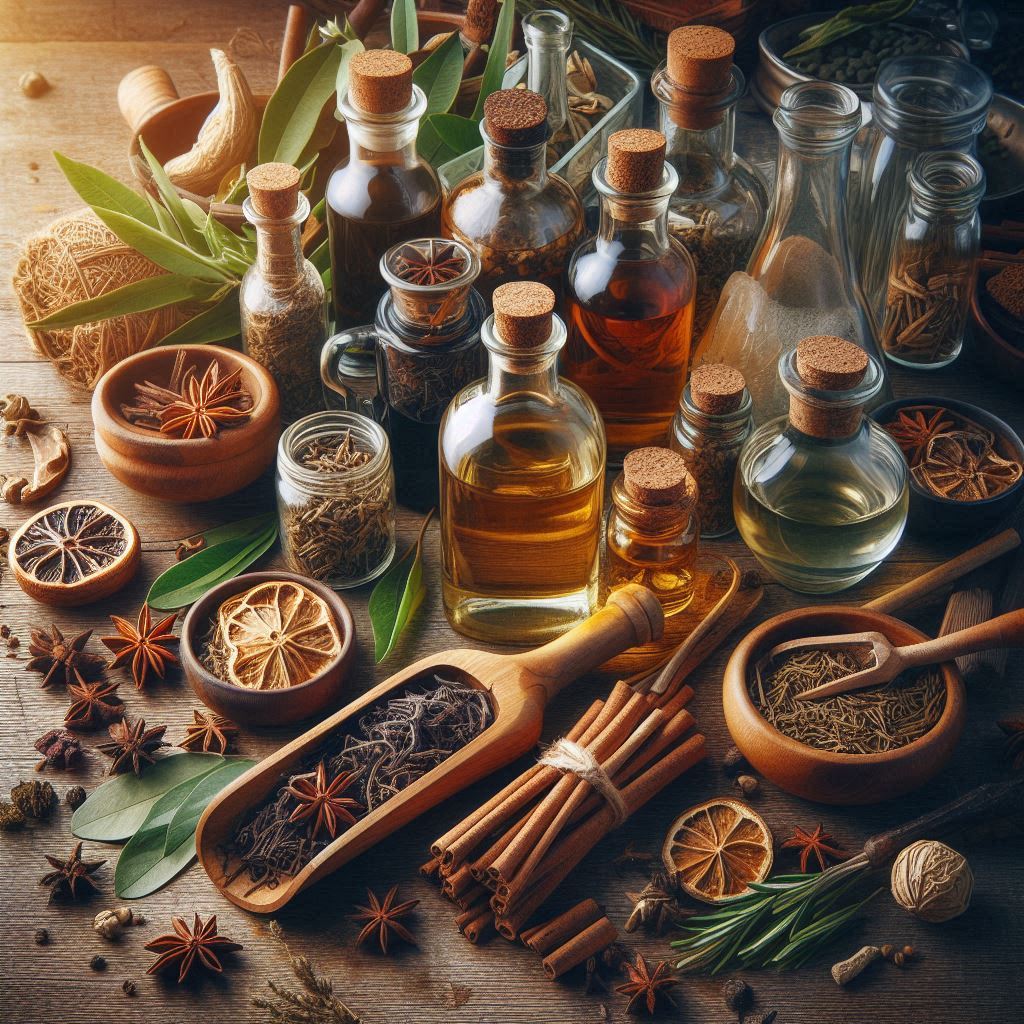Flavoring of Grappa
Historical Use of Alcohol in Preservation and Medicine
Alcohol, as is well known, is an excellent preservative. Fruit preserved in alcohol can last through the cold winter months, and many foods we consume are kept "fresh" thanks to alcohol. Additionally, alcohol is a solvent and has the ability to extract and dissolve the essence of medicinal substances it comes into contact with.
In the past, alcohol was used in the preparation of medicinal essences as well as an elixir of long life, thanks to its purported invigorating properties for both body and spirit.
The practice of macerating medicinal plants and various fruits in a distillate has ancient origins, both in popular tradition and in pharmaceutical science. Today, flavoring Grappa is essentially a matter of taste and pleasure.
In the past, alcohol was used in the preparation of medicinal essences as well as an elixir of long life, thanks to its purported invigorating properties for both body and spirit.
The practice of macerating medicinal plants and various fruits in a distillate has ancient origins, both in popular tradition and in pharmaceutical science. Today, flavoring Grappa is essentially a matter of taste and pleasure.
Methods of Aromatization
Flavored Grappa is obtained by preparing an alcoholic tincture, which is a concentrated alcohol solution where the medicinal essence has been previously macerated, and then diluting it in Grappa up to a maximum of 3%.
Another method involves directly macerating medicinal plants - their leaves, bark, roots, or an entire twig - or fruits of various kinds in the distillate.
This is how Grappa flavored with licorice, rue, or, for example, blueberry is made.
Preparation Process and Tasting
But there are many other variations that can be found on the market or even prepared at home. Normally, the maceration process can last up to a couple of weeks, while the proportions maintained are approximately five parts of Grappa to one part of the plant or fruit to be used. After maceration, a brief filtration process is carried out to make the liquid pure and transparent. However, slight haziness may be due to the essence infused in the Grappa and should be considered completely normal. When a medicinal plant or fruit is left to macerate in Grappa, they release their aromatic properties into the distillate, altering both the taste and appearance. Italian law allows for a slight correction of Grappa with a minimal amount of sugar, which enhances and completes the aromatization process.
Tasting flavored Grappa is an opportunity for a fun and less demanding tasting experience compared to pure Grappa, thanks also to its usually lower alcohol content.
Another method involves directly macerating medicinal plants - their leaves, bark, roots, or an entire twig - or fruits of various kinds in the distillate.
This is how Grappa flavored with licorice, rue, or, for example, blueberry is made.
Preparation Process and Tasting
But there are many other variations that can be found on the market or even prepared at home. Normally, the maceration process can last up to a couple of weeks, while the proportions maintained are approximately five parts of Grappa to one part of the plant or fruit to be used. After maceration, a brief filtration process is carried out to make the liquid pure and transparent. However, slight haziness may be due to the essence infused in the Grappa and should be considered completely normal. When a medicinal plant or fruit is left to macerate in Grappa, they release their aromatic properties into the distillate, altering both the taste and appearance. Italian law allows for a slight correction of Grappa with a minimal amount of sugar, which enhances and completes the aromatization process.
Tasting flavored Grappa is an opportunity for a fun and less demanding tasting experience compared to pure Grappa, thanks also to its usually lower alcohol content.



